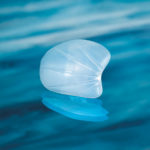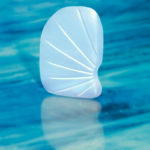
Concavity (a deep depression or inward curving) in the area of the temples is frequently referred to as temporal hollowing. This deepening of the temporal area can occur as a result of aging, surgery, or other trauma, or may appear in patients with low body fat (including fat in the temporal area).
Rejuvenating the contours of the temporal area by augmentation can have a rejuvenating and balancing effect on the facial appearance. This is aesthetically more important than one might think. The temporal region is considered the beginning of the natural triangle of beauty, which begins near the temples and ends at the tip of the chin.
Augmenting the temporal fat pad is frequently accomplished by injection of various filler materials.
Although simple to go through, injection of fillers has it throwbacks. First of all there is a chance (very rare) of serious complications such as blindness and skin necrosis. Also it has to be periodically repeated requiring injections every 6-12 months. For somebody who knows they will always look better with fuller temples the insertion of a temporal implant makes sense. This method of reconstructing contour depressions has been found to be reliable, relatively free of complications, and lasting.
The use of soft, silicone, temporal implants offers a workable and permanent solution for this type of facial rejuvenation.
Temporal Implant Procedure
Temporal implant procedure is performed either under general anesthesia or local anesthesia in an outpatient setting at our plastic surgery clinic.
During the operation, our plastic surgeon will place a small, vertical incision just in front of and above the ear (where it will be within the hairline). In potentially balding men incision can be placed behind the ear to avoid visible scar. An implant is then inserted through the opening above the temporal muscle in the hollow area on each side of the head. Neither the incision nor the implant will be noticeable.
Recovery from Temporal Implant Surgery
Most Temporal implant procedure patients report little discomfort but occasional bruising and swelling. The recovery time is minimal with most patients able to return to work in 2-3 days.
As regards to full recovery, temporal implants are muscle-based, not bone based, so full recovery is relatively quick with swelling reducing pretty quickly to get to the point where you can see and enjoy the final results of your temporal implant surgery.
*Individual results may vary and there are no guarantees that you will experience the same results as those mentioned here.




Social media: